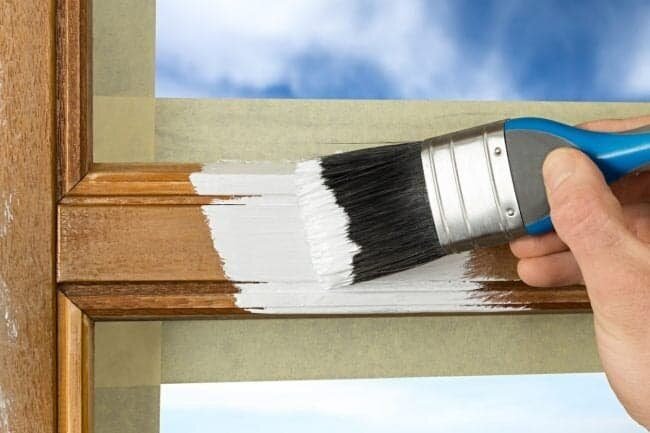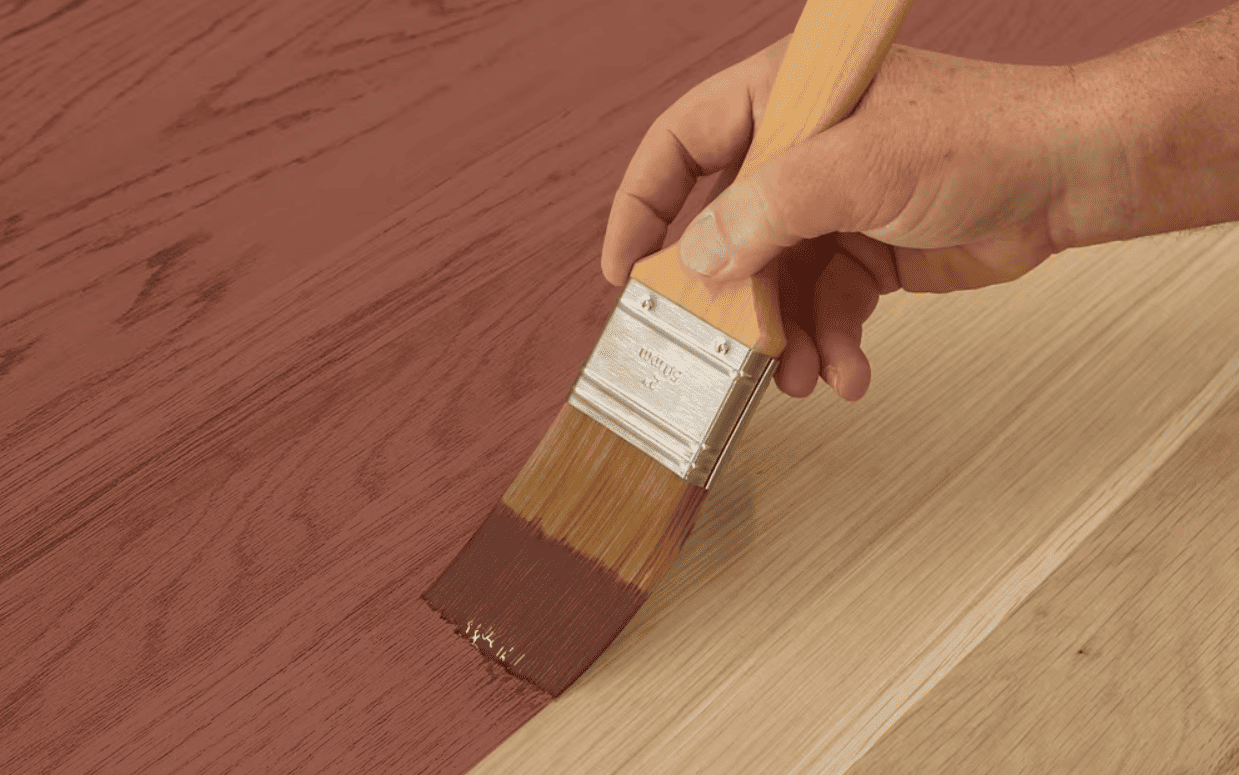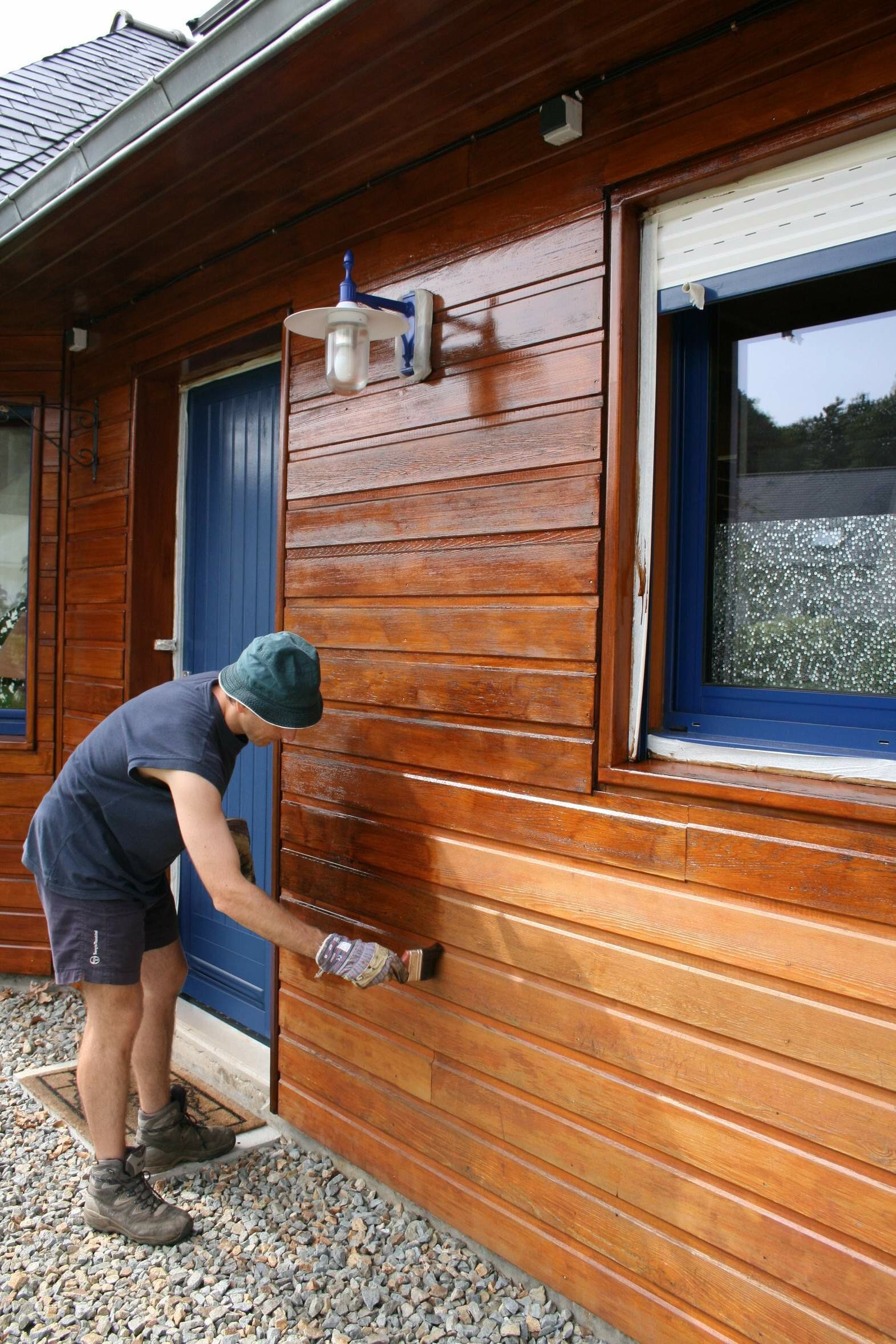If you are looking for a dark wood stain, Rust-Oleum’s “Ebony” wood stain may be a great option for you. One common question people have about this product is whether it is black or really dark brown. The answer is that the Ebony wood stain is indeed very black in color.
When applied correctly, the Ebony wood stain can provide a beautiful, rich finish to your wooden furniture or other projects. However, it is important to properly prepare the wood before applying the stain in order to achieve an even, consistent color. This may involve sanding and water-popping the wood beforehand.
Understanding Wood Stains
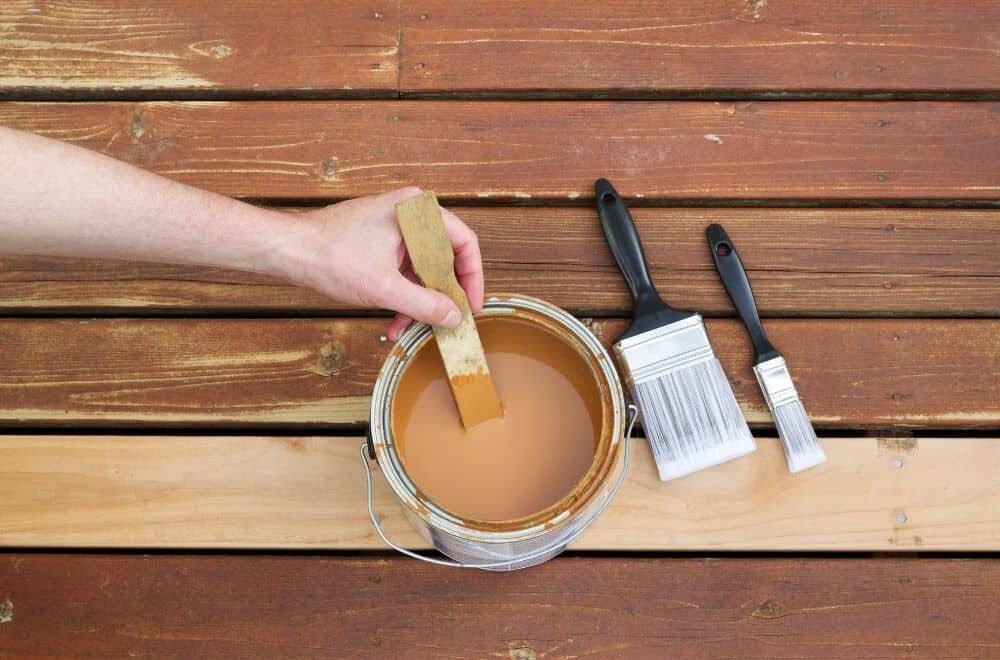
When it comes to choosing a wood stain, there are a few things to consider. Wood stains come in a variety of colors and shades, and it’s important to choose the right one to achieve the desired look. Rust-Oleum’s “Ebony” wood stain is a popular choice for those looking for a dark, rich color. But is it black or really dark brown?
Wood stains are designed to enhance the natural grain of the wood while adding color. The color of the stain is determined by the type of wood and the number of coats applied. The more coats applied, the darker the color will be. It’s important to note that the color of the stain may look different on different types of wood.
When choosing a wood stain, consider the following:
- Type of wood: Different types of wood absorb stain differently, so it’s important to test the stain on a small area first to ensure the desired color is achieved.
- Color: Choose a color that complements the existing decor or the desired look.
- Transparency: Wood stains come in transparent, semi-transparent, and opaque options. Transparent stains allow the natural grain of the wood to show through, while opaque stains cover the wood completely.
Rust-Oleum’s “Ebony” wood stain is a very dark color that appears almost black. It’s a popular choice for those looking for a dramatic look. However, it’s important to note that the color may appear differently on different types of wood. It’s always a good idea to test the stain on a small area first to ensure the desired color is achieved.
In conclusion, choosing the right wood stain can make a big difference in the overall look of a project. Consider the type of wood, color, and transparency when making a decision. Rust-Oleum’s “Ebony” wood stain is a popular choice for those looking for a dark, rich color, but it’s important to test the stain on a small area first to ensure the desired color is achieved.
Rust-Oleum Ebony Wood Stain Overview
If you’re looking for a wood stain that will give your project a rich, dark finish, Rust-Oleum Ebony Wood Stain might be the perfect choice for you. This high-performance stain is designed to enhance the natural beauty of wood while providing exceptional coverage and fast drying times.
Rust-Oleum Ebony Wood Stain is a part of the Ultimate Wood Stain line and is recommended for use on interior wood projects such as furniture, cabinets, doors, trim, floors, and paneling. It is available in a quart size and can cover up to 275 square feet per quart.
One of the key features of Rust-Oleum Ebony Wood Stain is its unique base, which provides ultra-fast drying and recoat times. This means that you can complete your project much faster than with other wood stains. Additionally, the stain is enhanced with nano pigments that provide premium color quality in just one coat.
Another advantage of Rust-Oleum Ebony Wood Stain is that it does not require a wood conditioner, saving you time and money. The stain can be top-coated in just one hour, which means that you can finish your project quickly and move on to other tasks.
Overall, Rust-Oleum Ebony Wood Stain is an excellent choice for anyone looking for a high-quality, fast-drying wood stain that provides exceptional coverage and a beautiful, dark finish. Whether you’re a professional woodworker or a DIY enthusiast, this stain is sure to meet your needs and exceed your expectations.
Color Characteristics of Ebony
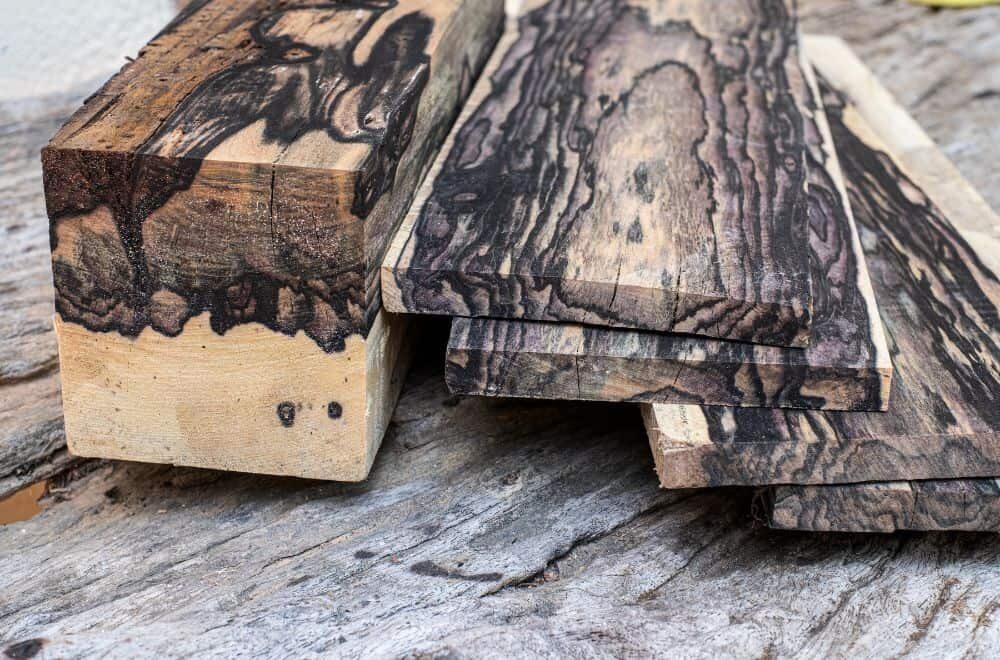
If you are looking for a dark and rich color for your wood, Ebony is an excellent choice. As the name suggests, Ebony wood stain is a very black stain that provides a deep and dramatic effect on your wood. The color is so dark that it almost appears black, but in certain lighting conditions, it can appear to be a very dark brown.
Ebony wood stain is ideal for those who want to make a statement with their woodwork. It is perfect for creating a bold and sophisticated look that will make your furniture or other wooden items stand out. It is also an excellent choice for those who want to create a classic and timeless look.
One of the benefits of using Ebony wood stain is that it enhances the natural beauty of the wood. It allows the wood grain to show through, which gives the wood a unique and beautiful texture. The stain also penetrates deeply into the wood, providing long-lasting protection against wear and tear.
In terms of color, Ebony wood stain is darker than other stains such as espresso or dark walnut. It is also darker than many other types of wood stains, making it an excellent choice for those who want to create a bold and dramatic effect. If you are looking for a rich and dark color for your wood, Ebony wood stain is an excellent choice.
Comparing Ebony to Black and Dark Brown
When it comes to wood stains, the terms “ebony,” “black,” and “dark brown” can be confusing. While they may seem similar, there are some differences between them that you should be aware of.
First, let’s talk about ebony. Ebony wood stain is a very dark, almost black stain that is typically used to create a dramatic effect. It is a popular choice for modern and contemporary designs and can be used on both interior and exterior wood surfaces.
Black wood stain, on the other hand, is a more general term that can refer to any stain that is black in color. It may not be as dark as ebony and may have a slightly different hue. Black wood stain is often used to create a sleek and modern look, but it can also be used for more traditional designs.
Dark brown wood stain is another option to consider. While it is not as dark as ebony or black, it can still create a rich, warm look that is perfect for traditional or rustic designs. Dark brown stain can also be used to highlight the natural grain of the wood.
When choosing between ebony, black, and dark brown wood stains, consider the overall look and feel you are trying to achieve. Ebony and black stains are great for creating a modern and dramatic look, while dark brown stains are better suited for traditional and rustic designs.
It is important to note that the exact color of a wood stain can vary depending on the type of wood it is applied to and the application method. Always test your stain on a small, inconspicuous area before applying it to the entire surface.
Factors Influencing the Perception of Ebony’s Color
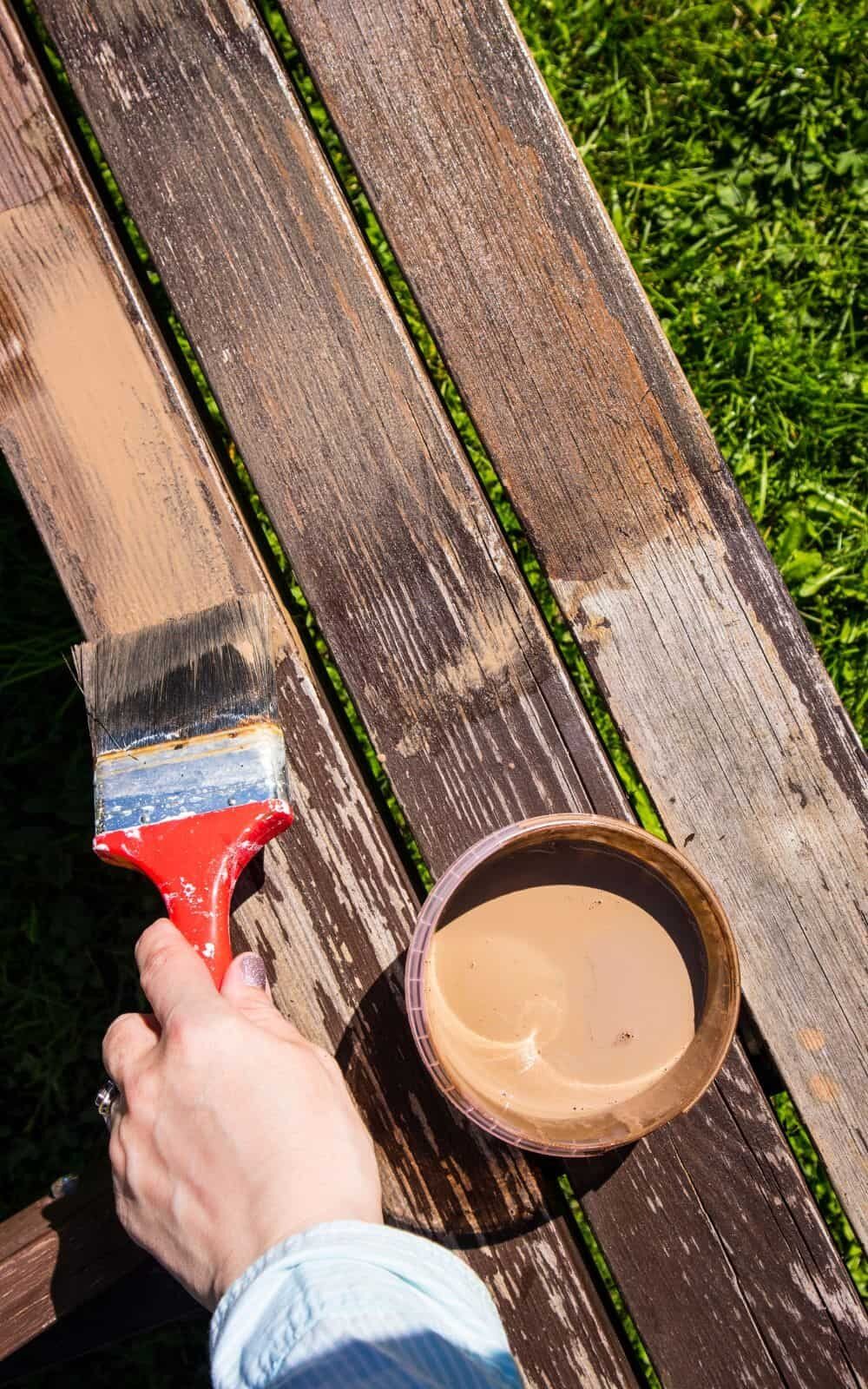
The perception of color is influenced by various factors, including lighting conditions, the type of wood being stained, and the application method. These factors can affect the final color of Rust-Oleum “Ebony” wood stain, making it appear either black or really dark brown.
Lighting conditions play a significant role in how Ebony wood stain appears. Under bright lighting conditions, Ebony wood stain may appear black, while under low light conditions, it may appear dark brown. Therefore, it is essential to consider the lighting conditions of the room where the stained wood will be placed.
The type of wood being stained can also influence the final color of Ebony wood stain. Hardwoods such as oak and maple tend to absorb stain differently than softwoods such as pine and spruce. This can affect the final color of the stain, making it appear either black or dark brown.
The application method can also affect the final color of Ebony wood stain. Applying the stain with a brush or cloth can result in a darker color, while spraying the stain can result in a lighter color. Additionally, applying too much stain can result in a darker color, while applying too little can result in a lighter color.
In conclusion, the final color of Rust-Oleum “Ebony” wood stain can vary depending on various factors such as lighting conditions, wood type, and application method. It is essential to consider these factors when staining wood to achieve the desired color.
Practical Applications of Rust-Oleum Ebony Wood Stain
If you are looking for a wood stain that is black or really dark brown, Rust-Oleum Ebony Wood Stain is an excellent choice. This stain is perfect for a variety of applications, including furniture, cabinets, doors, trim, and paneling. Here are some practical applications of Rust-Oleum Ebony Wood Stain:
Furniture
Rust-Oleum Ebony Wood Stain is great for furniture. It can be used on all types of wood furniture, including tables, chairs, bookcases, and more. This stain will give your furniture a beautiful, rich color that will last for years.
Cabinets
If you want to give your cabinets a new look, Rust-Oleum Ebony Wood Stain is a great option. It can be used on all types of cabinets, including kitchen cabinets, bathroom cabinets, and more. This stain will give your cabinets a beautiful, rich color that will make them look like new.
Doors
Rust-Oleum Ebony Wood Stain is perfect for doors. It can be used on all types of doors, including interior doors, exterior doors, and more. This stain will give your doors a beautiful, rich color that will make them stand out.
Trim and Paneling
If you want to give your trim and paneling a new look, Rust-Oleum Ebony Wood Stain is a great option. It can be used on all types of trim and paneling, including baseboards, crown molding, wainscoting, and more. This stain will give your trim and paneling a beautiful, rich color that will make them stand out.
Overall, Rust-Oleum Ebony Wood Stain is a great choice for anyone who wants a wood stain that is black or really dark brown. It is perfect for a variety of applications, including furniture, cabinets, doors, trim, and paneling.
User Experiences with Rust-Oleum Ebony Wood Stain

If you’re considering using Rust-Oleum Ebony Wood Stain for your next project, you may be wondering what other users have experienced. Here are a few user experiences to give you an idea of what to expect:
- One user applied the stain to a wooden chair and found that it gave the chair a deep, rich black color. They were impressed with how easy it was to apply and the fact that it only required one coat.
- Another user used the stain on a wooden table and found that it gave the table a very dark brown color rather than a true black. They noted that the color varied depending on the type of wood being stained and the number of coats applied.
- A third user used the stain on a wooden dresser and was pleased with the results. They noted that the stain dried quickly and didn’t leave any streaks or blotches. They also appreciated that the stain didn’t have a strong odor.
Overall, users seem to be generally satisfied with Rust-Oleum Ebony Wood Stain. While the color may vary slightly depending on the type of wood and number of coats applied, it generally gives a deep, rich color. Additionally, users appreciate how easy it is to apply and the fact that it dries quickly.
Frequently Asked Questions
Is Rust-Oleum Ebony wood stain a true black color?
Yes, Rust-Oleum Ebony wood stain is a true black color. It is a deep, rich color that provides a classic, elegant look to any project.
Does Rust-Oleum Ebony wood stain have any brown undertones?
No, Rust-Oleum Ebony wood stain does not have any brown undertones. It is a pure black color that does not have any hints of brown.
What is the difference between Rust-Oleum Ebony wood stain and black wood stain?
There is no difference between Rust-Oleum Ebony wood stain and black wood stain. Ebony wood stain is a type of black wood stain that is named after the black wood of the ebony tree.
Will Rust-Oleum Ebony wood stain give a glossy or matte finish?
Rust-Oleum Ebony wood stain will give a matte finish. It is designed to enhance the natural beauty of the wood without adding any shine or gloss.
Can Rust-Oleum Ebony wood stain be used on all types of wood?
Yes, Rust-Oleum Ebony wood stain can be used on all types of wood. It is perfect for use on furniture, cabinets, doors, trim, floors, and paneling.
Is Rust-Oleum Ebony wood stain easy to apply and does it dry evenly?
Yes, Rust-Oleum Ebony wood stain is easy to apply and dries evenly. Its unique base provides ultra-fast dry and recoat time, and it is enhanced with Nano pigments to provide premium color quality in one coat.
